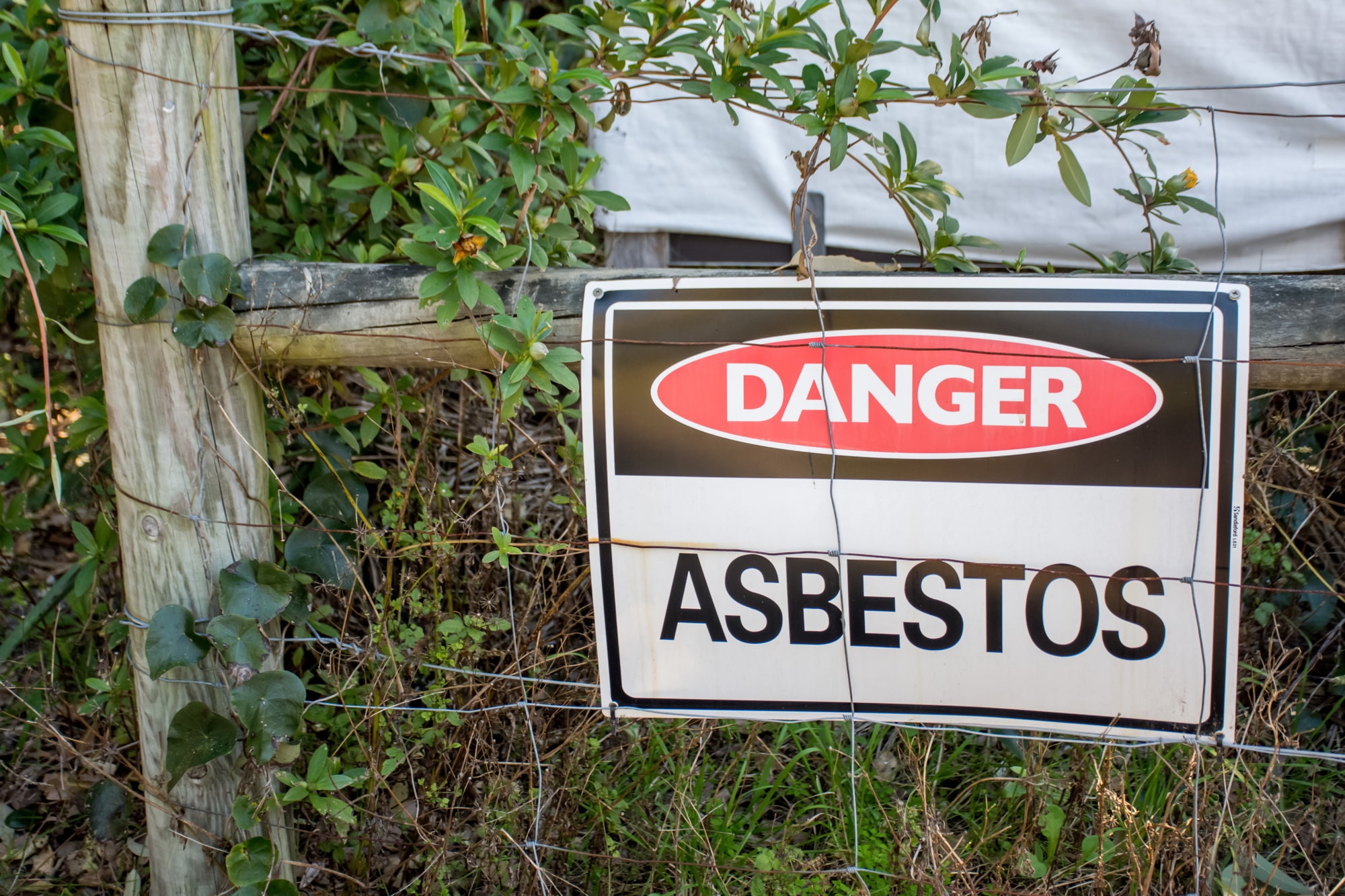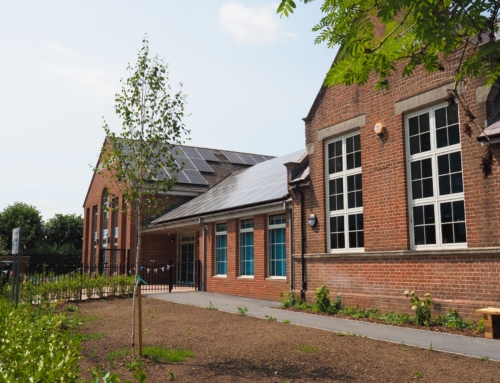Once known as a ‘magic mineral’, asbestos was hugely popular in the UK construction industry back in the 1900s, thanks to great heat resistance and longevity. However, over time, this useful addition to building materials was known to have deadly qualities if its fibres were inhaled into the lungs. The effects could take decades to appear, leading to a total ban back in the late nineties.
Here’s what went wrong with asbestos and why it was banned in the UK in 1999.

What was asbestos used for in the UK?
Asbestos was widely used in construction materials like vinyl floor tiles, roofing, boiler lagging, pipe insulation, cement sheets, sprayed coatings and even ships and steam engines. As a strong mineral and great insulator, this fire-resistant mineral was prevalent when building schools, homes, factories and public buildings constructed before 2000. It’s also found in outbuildings like garages and sheds.
What went wrong with asbestos?
While asbestos was a versatile and cheap way to improve the properties of certain building materials, its issue lies in its tiny fibres. If asbestos gets disturbed, it can release microscopic fibres into the air, which can become lodged in the lungs. Serious health issues can then appear (even decades after exposure), including mesothelioma in the lining of the lungs, asbestosis (lung tissue scarring) and other lung cancers.
Anyone who worked frequently and directly with asbestos was the most at risk, including those in shipbuilding, construction and manufacturing. However, even their family members started to develop diseases due to secondary exposure.
When was asbestos banned in the UK?
The total ban of asbestos in the UK was a two-stage process. In 1985, the first ban came into force, stopping the importation of blue (crocidolite) and brown (amosite) asbestos. As more research and findings became apparent, the decision was made to impose a full ban on asbestos use in 1999, including white asbestos (chrysotile). This covered its importation, supply and use in all forms.
Why can’t you touch asbestos?
It’s important you don’t touch asbestos in case you disturb it. Asbestos-containing materials (ACMs) are generally safe while they remain in good condition, but cutting, breaking or even sanding them can release the dangerous fibres into the air. Any interaction with asbestos should be conducted by a trained and licensed professional. Even minor DIY work like drilling nearby could release fibres unknowingly.
Is it safe to live in a house with asbestos in the UK?
If asbestos is safely managed and remains undamaged, living in a house with asbestos is generally deemed safe. If your home was built or renovated before 2000, it could remain present in spots like cement sheets, textured coatings, Artex ceilings and floor tiles. If you wish to leave undisturbed asbestos where it is, its condition should be regularly assessed. Consider professional asbestos removal if you want to renovate your home or if its condition declines.
Qualified asbestos surveyors – get in touch
Goodbye Asbestos is an asbestos removal specialist in London, Surrey and the Home Counties, covering Marlow, Mayfair and beyond. Contact us now for your free quote.




